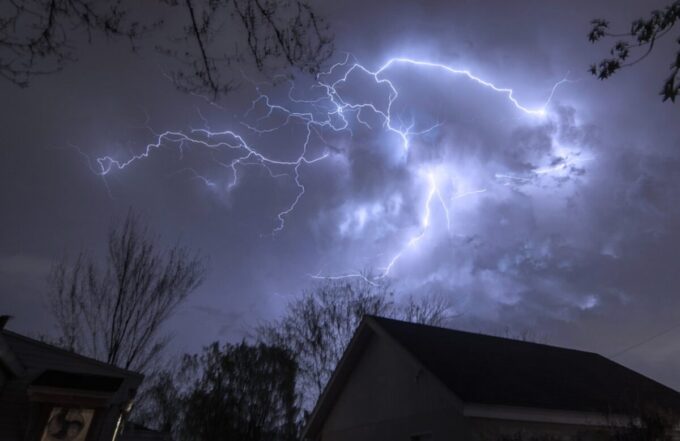Understanding Lightning Protection Systems: Shielding Buildings from Nature’s Fury
Lightning is an awe-inspiring natural phenomenon. However, its intensity can cause severe damage to buildings and sensitive electronic equipment. To counteract this threat, many structures today implement lightning protection systems (LPS). But what exactly are these systems, and how do they work?
What Are Lightning Protection Systems?
A lightning protection system is designed to minimize the risk of damage when lightning strikes a structure. It consists of three primary components: air terminals (lightning rods), conductors, and grounding systems.
1. Air Terminals: These are usually metal rods placed at strategic points on a building. They act as the first point of contact for lightning, intercepting strikes before they reach a structure.
2. Conductors: After capturing the lightning strike, the air terminals need a path to safely channel the electrical energy. Conductors, typically made of copper or aluminum, transport the energy to the grounding system.
3. Grounding System: The final component directs the electrical energy safely into the ground. This is typically achieved through ground rods or plates buried in the soil. Proper grounding ensures that the energy dissipates, reducing the risk of fire or structural damage.
The Role of Surge Protection Equipment
While an LPS provides vital protection against direct strikes, additional electrical surge protection systems are crucial. These systems protect against electrical surges caused by lightning, which can affect electrical distribution equipment. A surge protector acts swiftly to redirect excess voltage, safeguarding sensitive equipment like computers, servers, and telecommunication systems. Moreover, communication infrastructure should be properly grounded and bonded to the grounding electrode system. This practice minimizes the risk of damage due to surges that can travel through communication lines during a strike.
Reliability of Lightning Protection Systems
It is important to note that while lightning protection systems are highly effective, they are not foolproof. No system can offer a complete guarantee against lightning strikes. Lightning remains an unpredictable force of nature. Even with a well-designed LPS, there are scenarios where damage can occur. For instance, a nearby strike can produce an immense magnetic field capable of damaging sensitive electronics. This phenomenon, known as inductive coupling, can cause voltage spikes even if a direct strike is avoided. Theoretically, if a strike is rerouted by an LPS, stray voltage and magnetic energy may still exist. However, the damage caused in such scenarios would be far less severe than if no protection were in place at all. The goal is to minimize risk as effectively as possible.
Professional Opinion on Lightning Protection Systems
In regions prone to high levels of lightning activity, the implementation of lightning protection systems is essential. Though these systems cannot completely prevent damage from lightning strikes, they dramatically reduce potential harm. When combined with surge protection and proper grounding of communication equipment, they provide a robust defense. So while lightning protection systems play a crucial role in protecting buildings and electronic equipment, it is essential to understand their limitations. Users should not expect absolute safety, but rather a significant reduction in risk. Those in lightning-prone areas should consider investing in a comprehensive lightning protection strategy, as the benefits of such systems far outweigh the potential downsides. By keeping buildings and their occupants safer, these systems serve as a vital line of defense against the unpredictability of nature.








